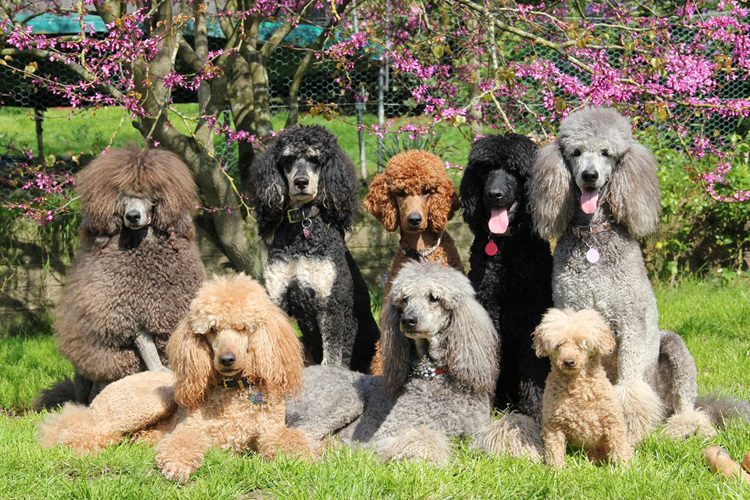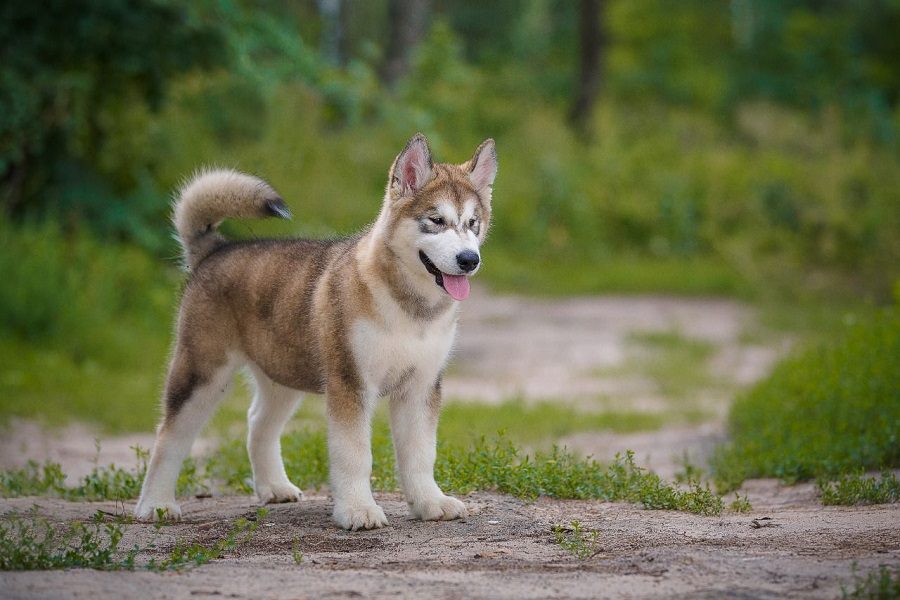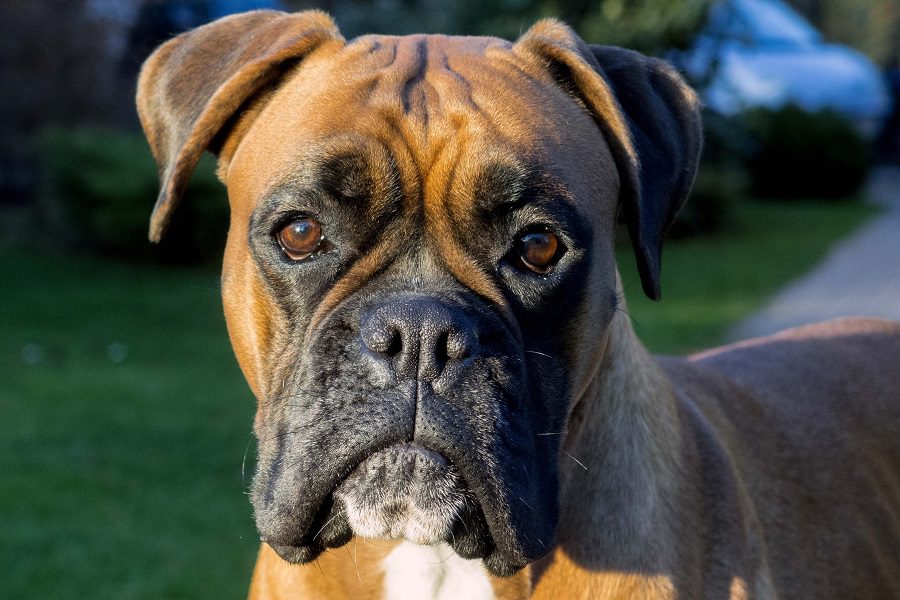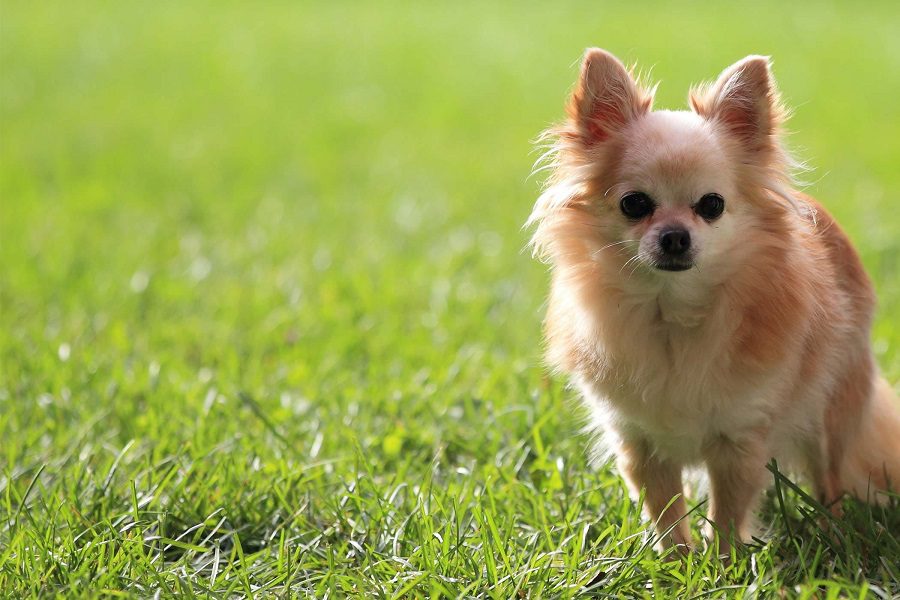Last Updated: 1 month ago
Poodles are intelligent pets and excellent companions that get along well with both adults and children
But the owners of these charming creatures need to know a lot of nuances concerning the maintenance of the poodle. The coat of the pet requires regular care and careful maintenance.
And not only the coat, but also the nutrition and character of the poodle.
Different Poodles— And All Are Beautiful

Modern poodle breed standards call for four varieties in size, six types of colors, and two types of coat. Growth varieties of poodles are listed in order from larger to smaller: the Royal Poodle, the Small Poodle, the Dwarf Poodle, and the Toy Poodle.
The breed standards stipulate a uniform color without any markings. The International Canine Federation recognizes the black, grey, white, brown, apricot, and red colorations.
All poodles have thick and lush fur. Two types of hair are characteristic: curly and corded. Curly hair has pronounced curls; it is dense, voluminous, and elastic. Corded wool is thin, delicate, though dense, and has a bunched texture; in the corded type of wool, thin cords of wool cover the entire body of the poodle.
These cords are at least 20 centimeters long. The longer the cords of hair cover the dog, the higher the dog’s show potential.
But whatever the size, type of coat, and colour of the poodle, under the guidance of a caring, loving owner, he is sure to turn into a real beauty.
Poodle Hair Care
People prone to allergies to dogs’ fur should take a closer look at poodles. Poodles hardly ever shed. But they still need regular combing to keep them from tangling and looking neat, because poodles are different from retro pugs.
You should comb your dog by alternating movements along and against the hair. You start with the body, then move on to the legs. Lint should be carefully untangled using a feather duster and special tools.
Poodles must be taught to groom from an early age. The owner of such lush and constantly growing hair is waiting for regular procedures to bring in order not only fur and skin but also claws, ears, eyes, and teeth.
The breeder starts accustoming puppies to hair care from an early age. After moving to a new home, vaccinations, and quarantine, the puppy can safely be taken to the groomer.
Find an experienced professional who can not only tidy up the pet but also teach obedient behavior on the grooming table, not to break out, and calmly wait until the procedure is over.
Poodles are usually positive about grooming; they enjoy bathing, and they consider the haircut an interesting process of playing and socializing.
Grooming a poodle at home requires preparation. It’s better not just to read a manual and watch a couple of video tutorials, but to take a few lessons from a professional groomer or breeder.
This will give you the knowledge and skills you need to get your pet groomed without any problems.
Even for minimal daily grooming, you’ll need two coats, a comb, a claw comb, lotion to clean the ears, and lotion to clean the eyes. It is recommended that poodles have their claws trimmed every 1-2 weeks.
You won’t have any problems with washing your pet. Poodles love to bathe. Wash them once every 21 days, or at least once a month, using special shampoos and conditioners for dogs. After grooming, the coat should be well washed, dried, and brushed.
A systematic haircut is important for the care of the poodle’s coat. Even poodle puppies need it, for which a haircut helps them go from a downy baby coat to a denser, more voluminous, and more resilient one. Those who have had basic grooming training can have their poodles groomed once a month.
Special scissors are used to trim the ingrown hair on the muzzle, under the tail, and in the genital area. It is also possible to shorten the hair that grows between the dog’s toes and on the toes themselves.
The poodle tails can also be trimmed beautifully in different ways. But you can’t do without a visit to the groomer at least once every three months.
The groomer will be able to not only make a beautiful haircut but also gently pluck the hair from the dog’s ears. Such a procedure is necessary because the abundance of hair in the ears creates a risk of hearing ailments.
Conclusion
Whatever haircut you choose for your ward, we wish your four-legged friend to always be a healthy and beautiful pet that everyone looks at with admiration.



